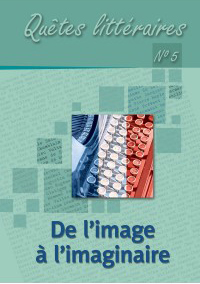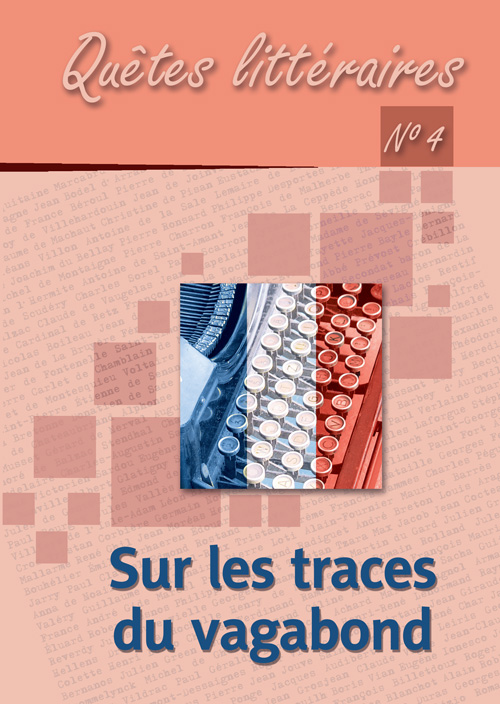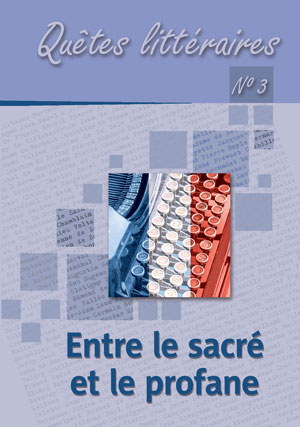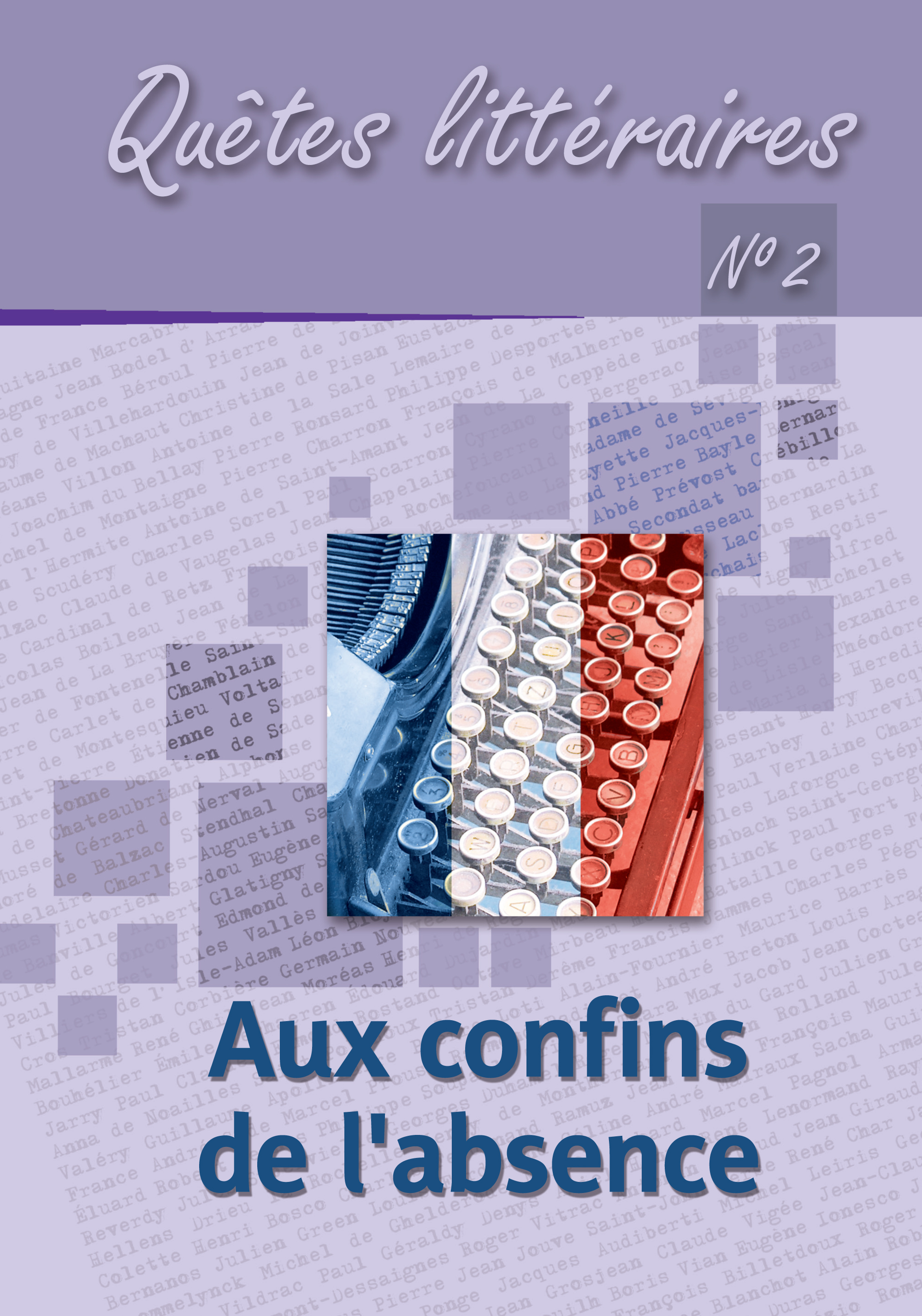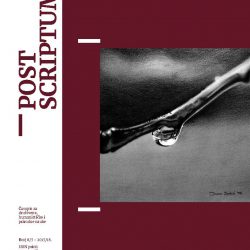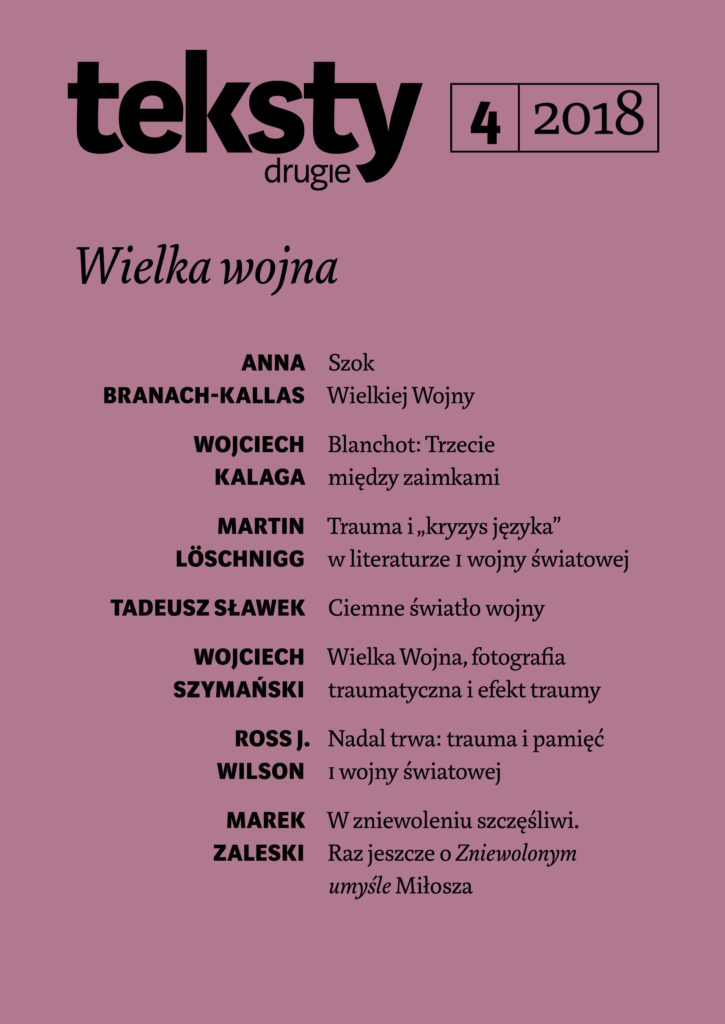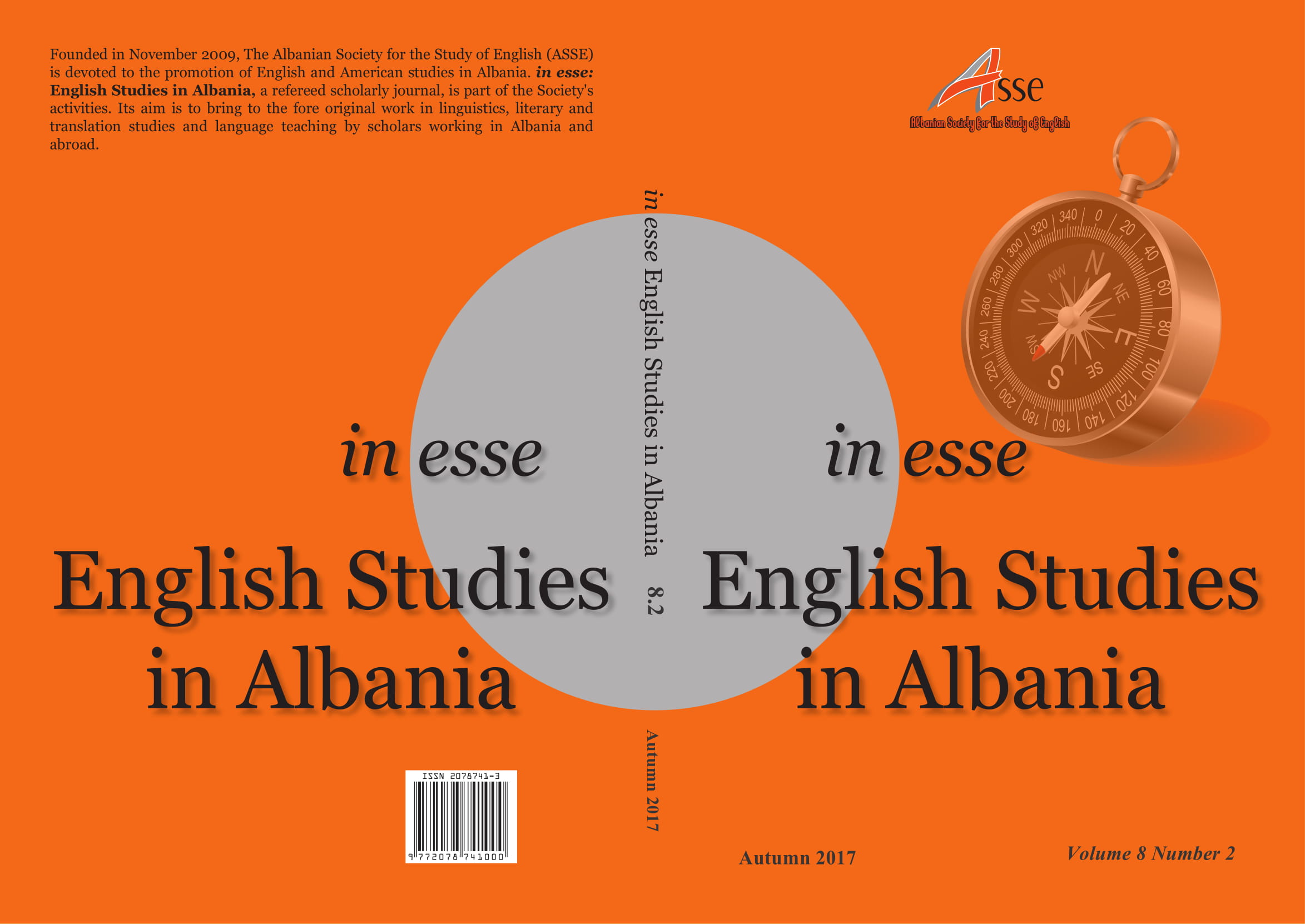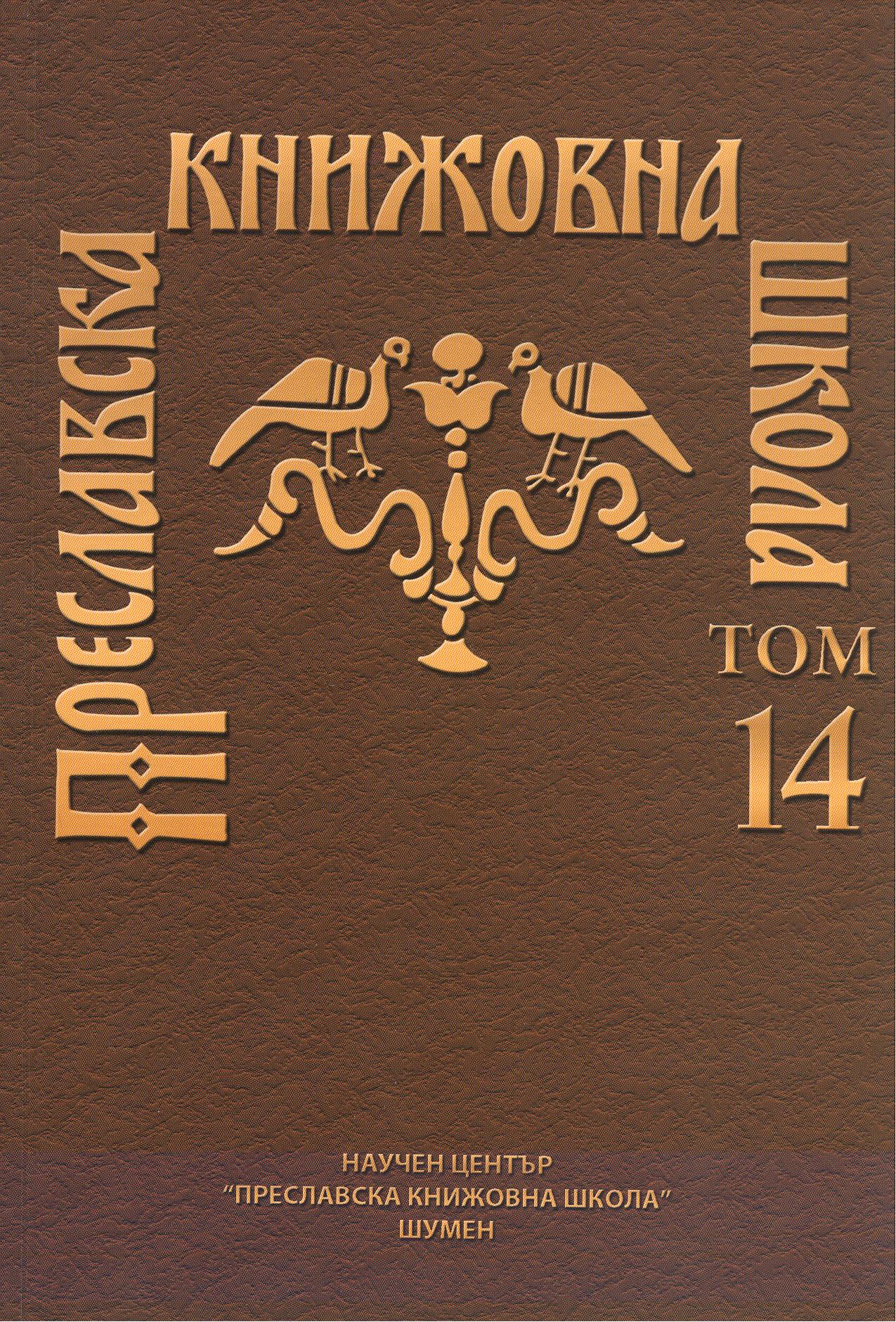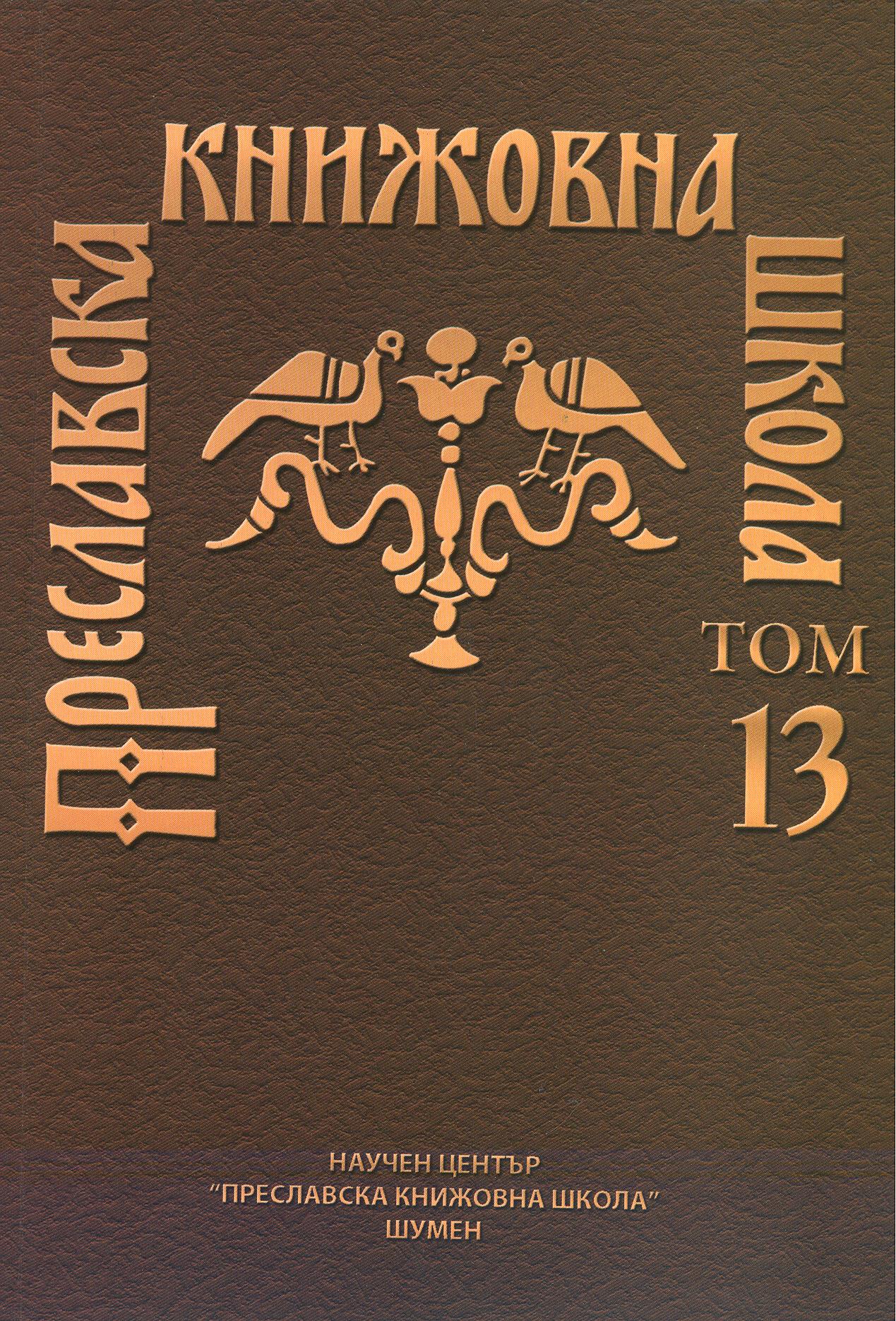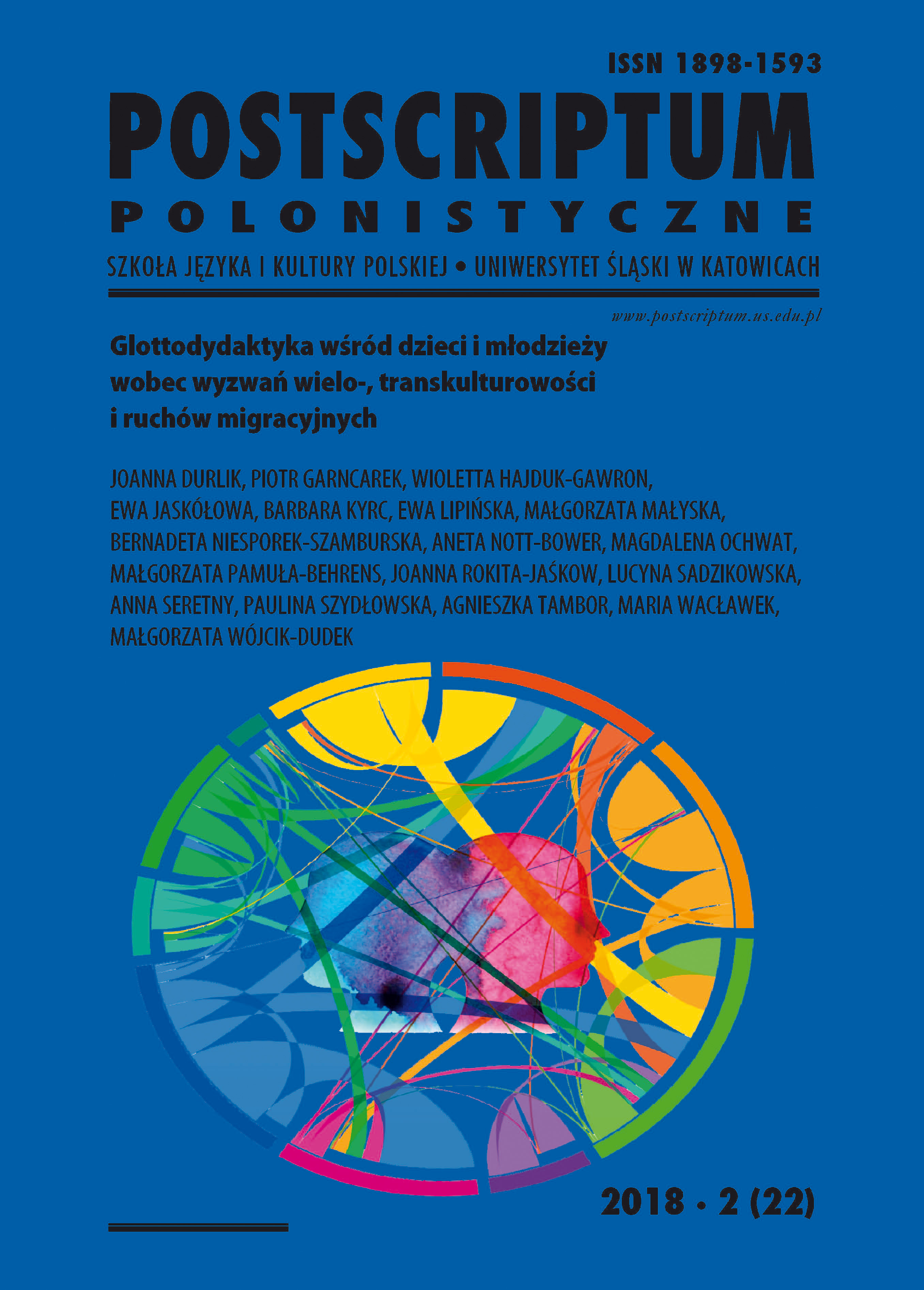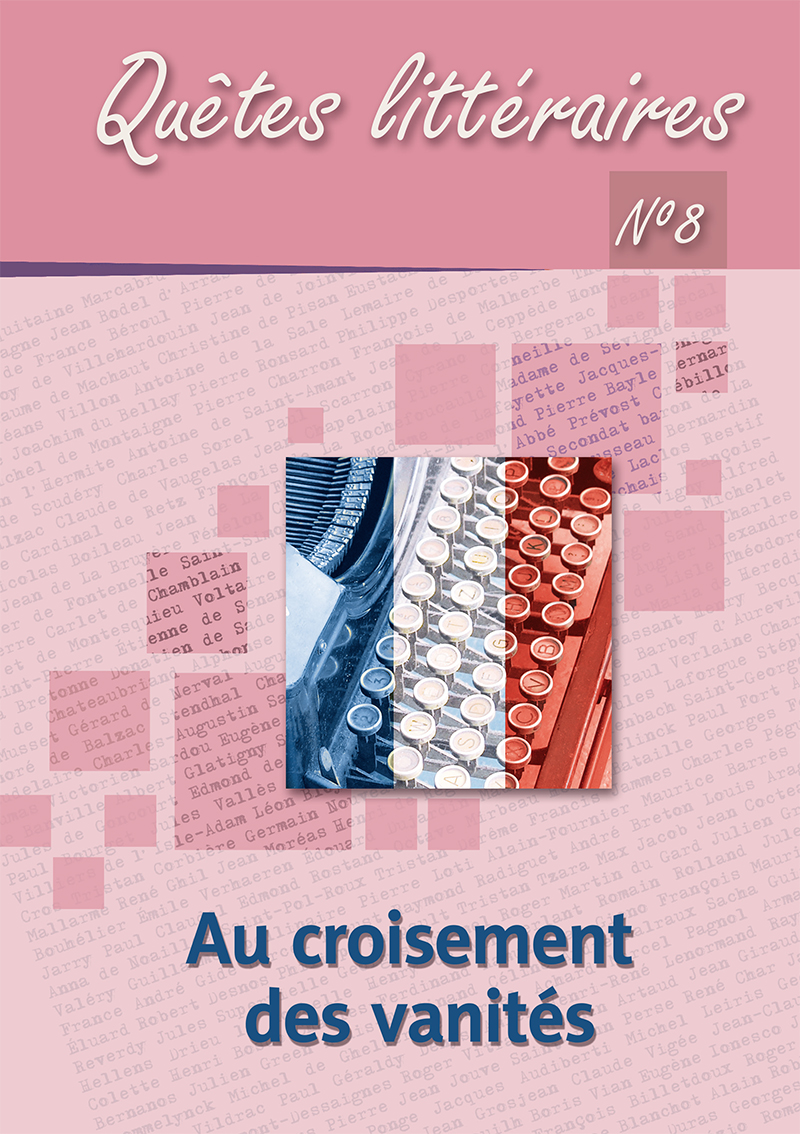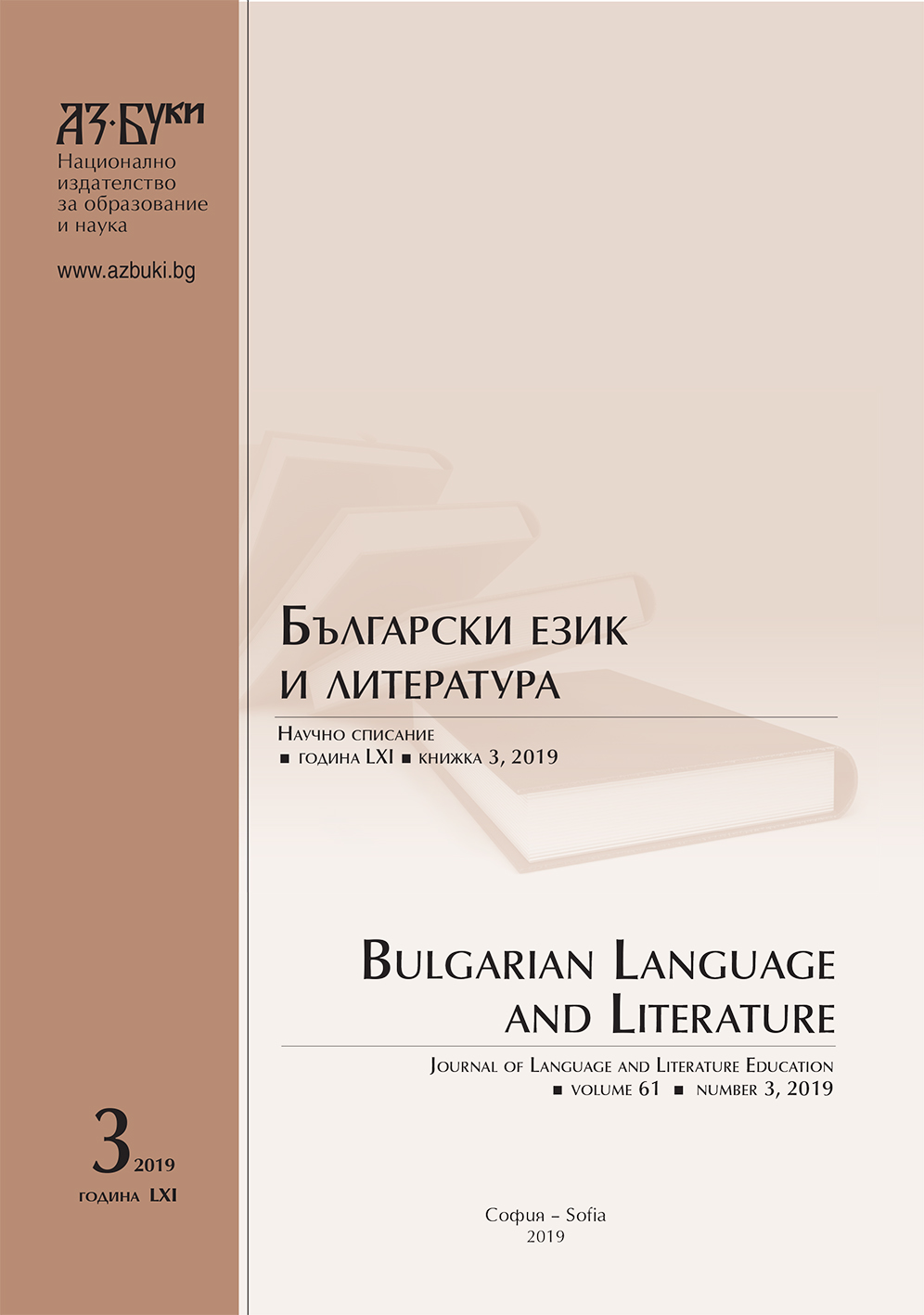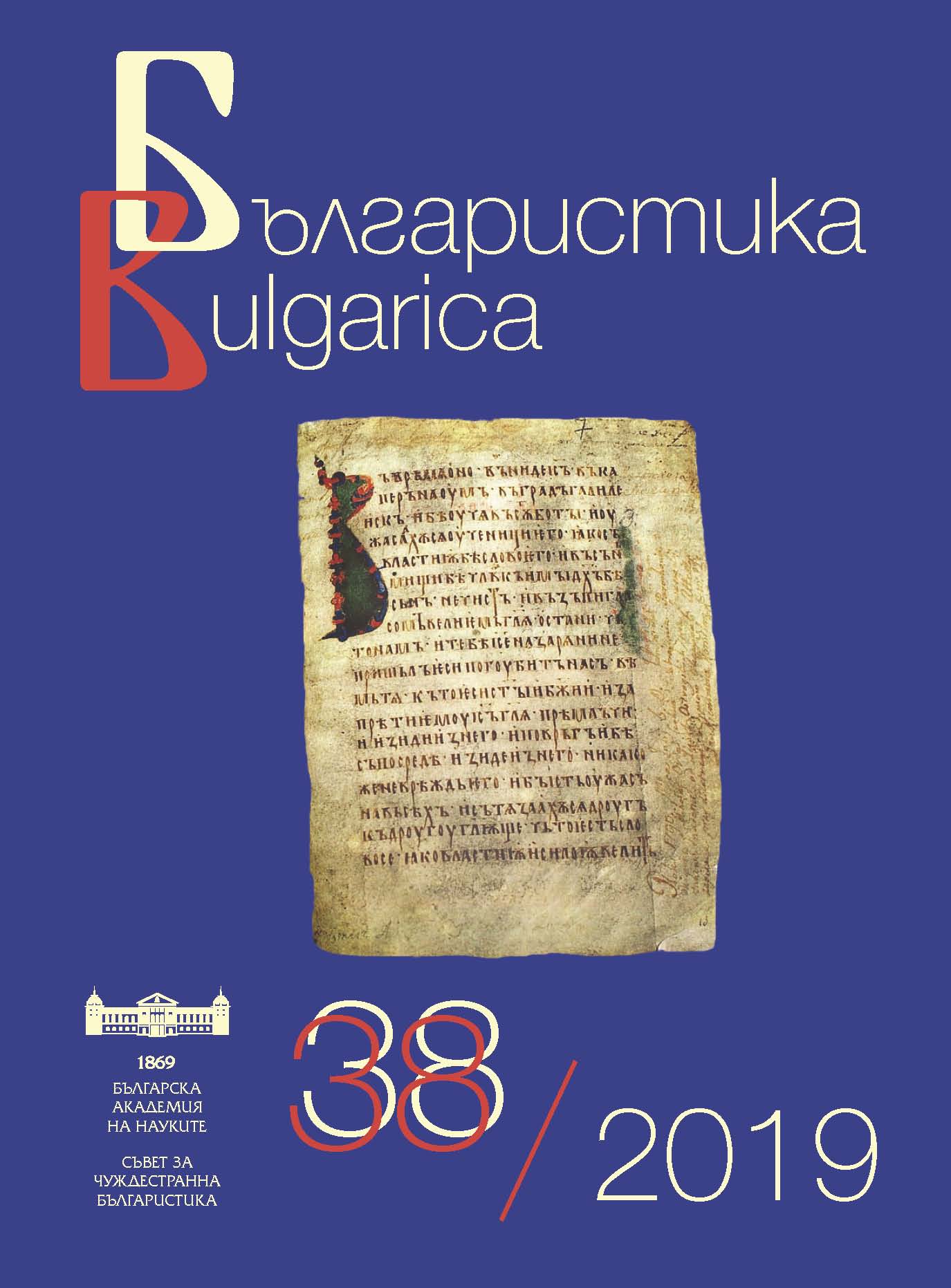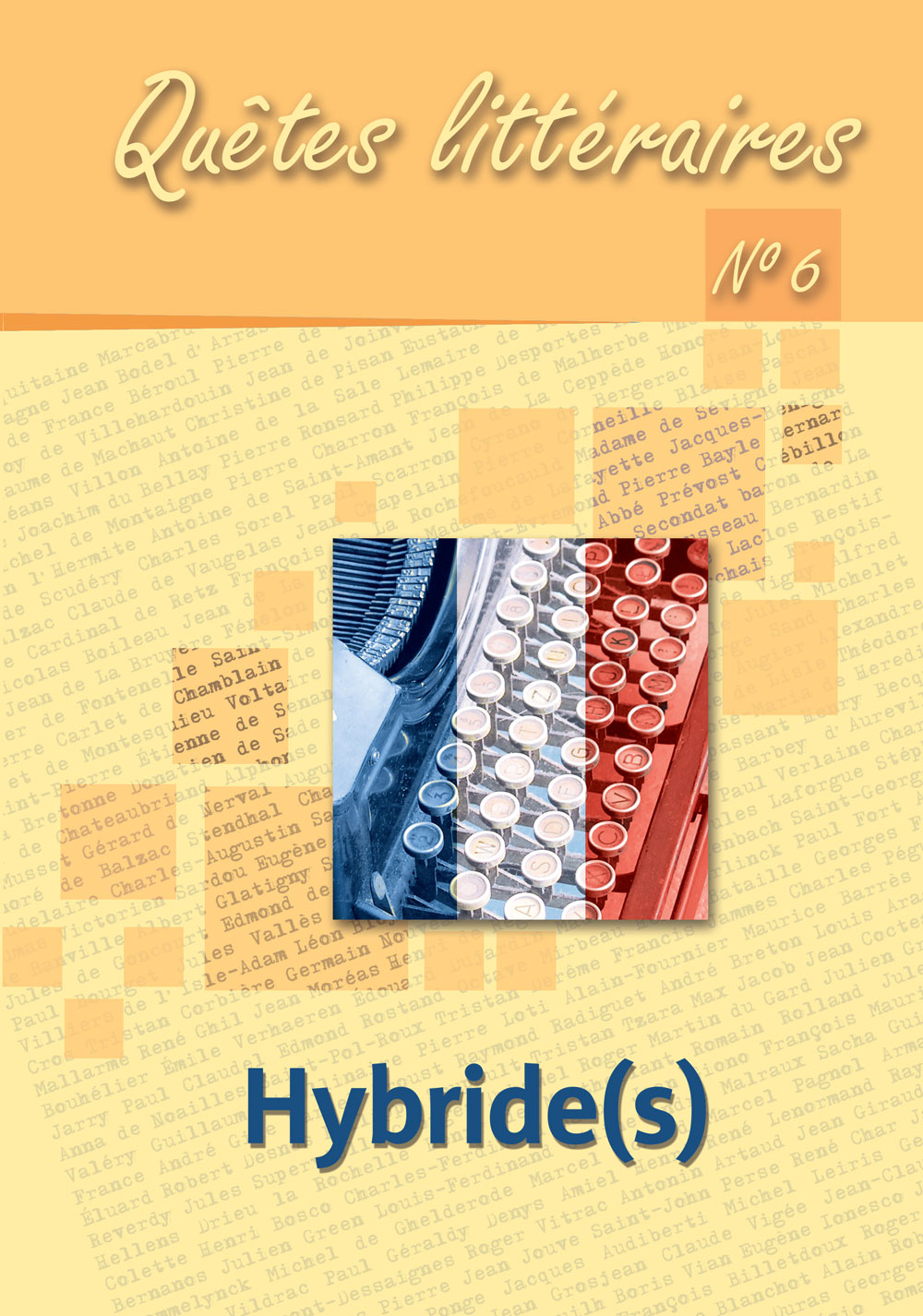
Les chroniques zoliennes – hybrides textuelles
The journalistic part of Emile Zola’s work is often neglected by critics who usually focus on the writer’s novels and other texts of fiction. Nonetheless, these writings worth readers’ and critics’ attention because of their originality based on their hybrid character. This hybridism concerns their narrative forms, including ‘classical’ press chronicles, causeries (a kind of chat with the potential reader) and confidences of real or fictive persons. The identity of their author is also hybrid, combining some traits of a romantic, a positivist and a materialist. The outcome of such a mix of various attitudes towards the reality is a set of uncomparable texts of both anthropological and documentary value.
More...
